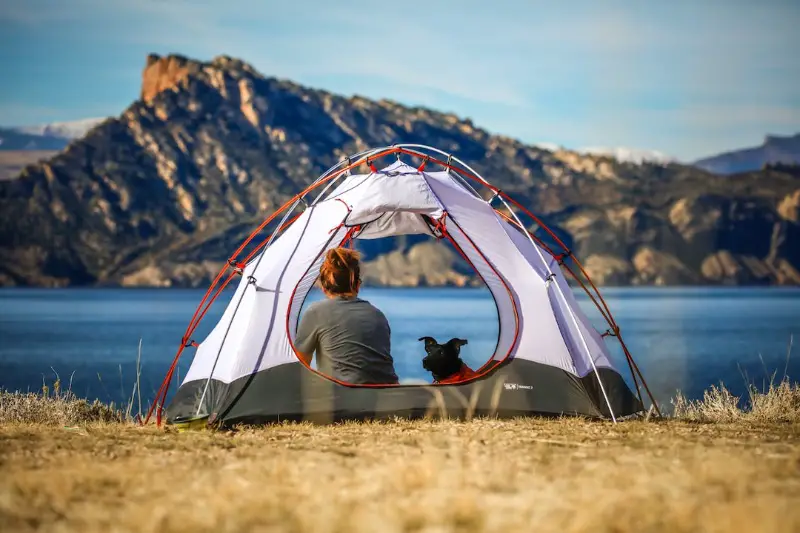Camping can be an enjoyable way to escape the hustle and bustle of daily life and reconnect with nature. However, if you have a bad back, the prospect of sleeping on the ground and carrying heavy equipment may seem daunting. Fortunately, there are steps you can take to make camping more comfortable and enjoyable. In this blog post, we will discuss how to camp with a bad back.
Camping Tips for Bad Backs
Here are a few tips we’ve picked up over the years on how to manage a bad back when camping:
- The first step in camping with a bad back is to choose the right campsite. Look for campsites that offer level ground and good drainage to avoid sleeping on an incline or in a wet area. Also, try to choose a campsite that is close to the parking area or has easy access, as this will make it easier to carry your equipment.
- Investing in the right gear can make a significant difference when camping with a bad back. Consider purchasing a camping cot or air mattress that provides more support than a traditional sleeping pad. Look for a cot or air mattress that is designed for camping and is lightweight and portable. You may also want to invest in a camping chair with good back support to use around the campfire.

- Packing light is essential when camping with a bad back. The less weight you have to carry, the less strain you will put on your back. Only bring essential items and leave non-essential items at home. Look for lightweight camping gear and equipment, and consider using a backpack with a waist belt to distribute the weight more evenly.
- Maintaining good posture is important when camping with a bad back. When carrying equipment, be sure to use your legs to lift and avoid twisting your back. When sitting, use a chair with good back support and keep your feet flat on the ground. When sleeping, use a pillow to support your neck and keep your spine aligned.
- Staying active can help prevent back pain when camping. Take breaks throughout the day to stretch and walk around. Engage in light exercise such as hiking or yoga to help strengthen your back muscles. Be sure to warm up before any physical activity and stretch after to prevent muscle soreness.
- Plan for emergencies. Even with the best preparations, emergencies can still happen. Consider bringing a first aid kit that includes pain relief medication, heat or ice packs, and any prescribed medications. Know your limits and don’t hesitate to ask for help if needed.
- Consider alternative camping options. If traditional camping is too challenging for your back, consider alternative camping options such as car camping or renting a cabin or RV.
- Stretch and exercise before and during your trip In addition to staying active, stretching and doing exercises specifically for your back can help prevent pain and stiffness during your camping trip.
- Use heat or cold therapy. Bringing a heating pad or cold pack can help alleviate back pain while camping. Heat therapy can help relax muscles and increase blood flow, while cold therapy can reduce inflammation and numb pain.
- Get a good night’s sleep Getting a good night’s sleep is crucial for preventing back pain while camping. In addition to using a camping cot or air mattress, consider bringing a comfortable pillow and a sleeping bag that provides adequate insulation.
- Practice mindfulness and relaxation techniques Practicing mindfulness and relaxation techniques such as deep breathing, meditation, or yoga can help reduce stress and tension, which can contribute to back pain.
In Summary
Camping with a bad back requires careful planning and preparation, but it is still possible to enjoy the great outdoors. Choose a suitable campsite, invest in the right gear, pack light, practice good posture, stay active, and plan for emergencies. With these tips in mind, you can have a comfortable and enjoyable camping experience.
